A new way to create silence.
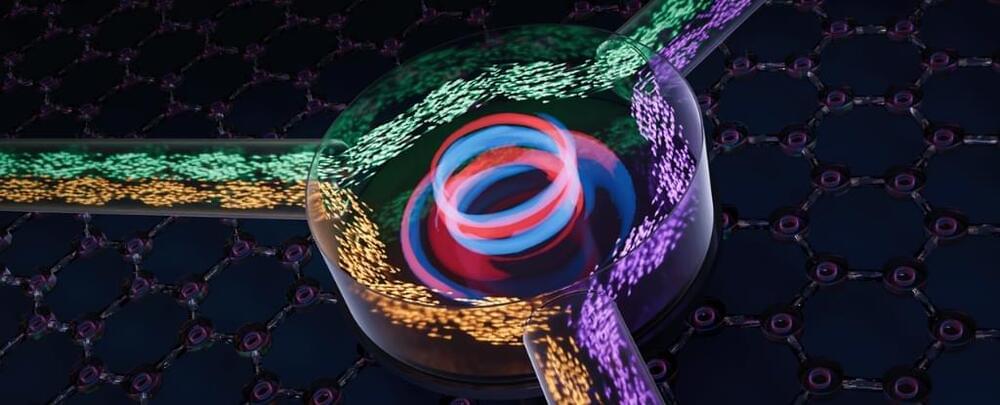

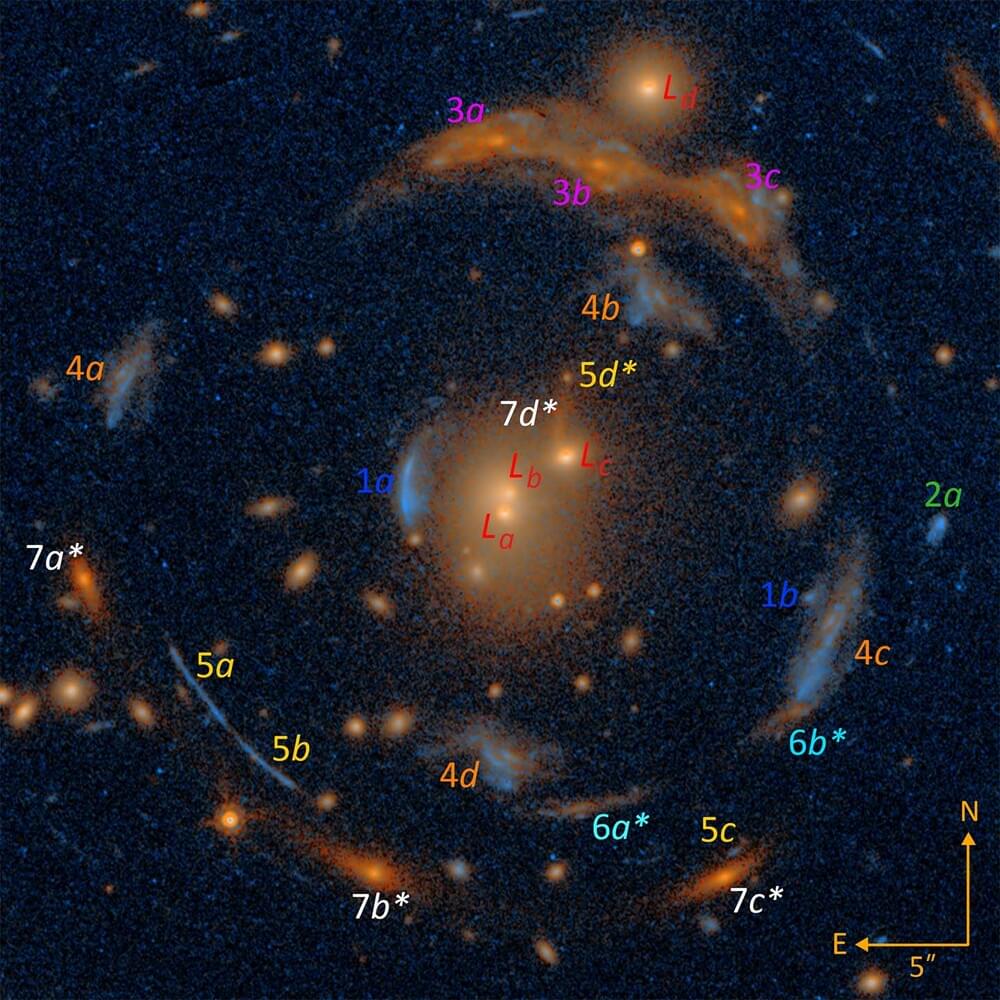
A newly discovered cluster-scale strong gravitational lens, with a rare alignment of seven background lensed galaxies, provides a unique opportunity to study cosmology.
In a rare and extraordinary discovery, researchers have identified a unique configuration of galaxies that form the most exquisitely aligned gravitational lens found to date. The Carousel Lens is a massive cluster-scale gravitational lens system that will enable researchers to delve deeper into the mysteries of the cosmos, including dark matter and dark energy.
“This is an amazingly lucky ‘galactic line-up’ — a chance alignment of multiple galaxies across a line-of-sight spanning most of the observable universe,” said David Schlegel, a co-author of the study and a senior scientist in Berkeley Lab’s Physics Division. “Finding one such alignment is a needle in the haystack. Finding all of these is like eight needles precisely lined up inside that haystack.”
Edward Frenkel is a renowned mathematician, professor of University of California, Berkeley, member of the American Academy of Arts and Sciences, and winner of the Hermann Weyl Prize in Mathematical Physics. In this episode, Edward Frenkel discusses the recent monumental proof in the Langlands program, explaining its significance and how it advances understanding in modern mathematics.
SPONSOR (THE ECONOMIST): As a listener of TOE you can get a special 20% off discount to The Economist and all it has to offer! Visit https://www.economist.com/toe.
Edward Frenkel’s previous lecture on TOE [Part 1]: • Revolutionary Math Proof No One Could…
Check out Edward Frenkel’s New York Times Bestselling book “Love and Math” which covers a lot of material in this video: https://amzn.to/4evbBkS
LINKS:
• Edward Frenkel’s Part 1 on TOE for the Langlands Program: • Revolutionary Math Proof No One Could…
• Edward Frenkel’s Twitter: https://twitter.com/edfrenkel.
• Edward Frenkel’s Official Website: https://edwardfrenkel.com.
• Edward Frenkel’s YouTube: / @edfrenkel.
• Edward Frenkel’s Instagram: / edfrenkel.
• Edward Frenkel’s Linkedin / edfrenkel.
• Edward Frenkel’s SoundCloud (DJ Moonstein): / moonstein.
• Edward Frenkel’s 1st TOE Episode: • Edward Frenkel: Infinity, Ai, String…
• Andre Weil’s letter on “Rosetta Stone” of Math: https://www.ams.org/notices/200503/fe…
• \
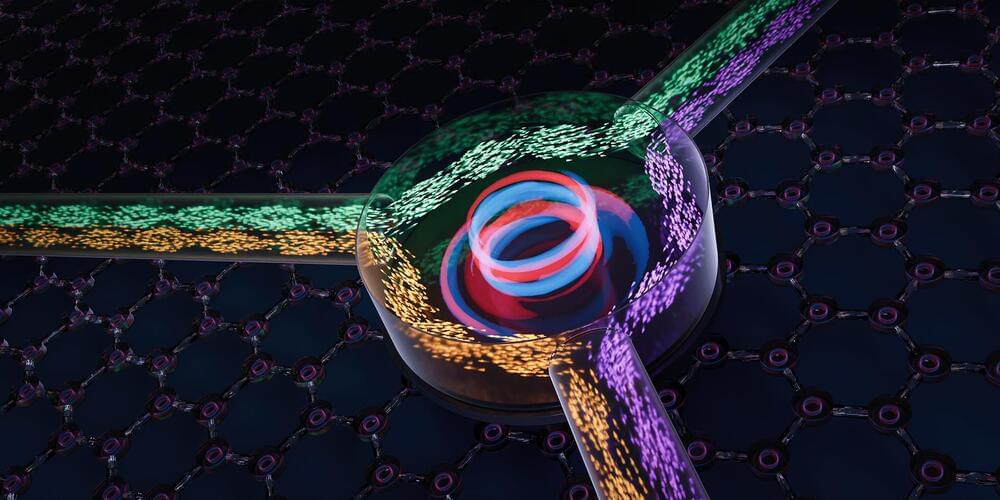
Be it water, light or sound: waves usually propagate in the same way forwards as in the backward direction. As a consequence, when we are speaking to someone standing some distance away from us, that person can hear us as well as we can hear them. This is useful when having a conversation, but in some technical applications one would prefer the waves to be able to travel only in one direction – for instance, in order to avoid unwanted reflections of light or microwaves.
For sound waves, ten years ago researchers succeeded in suppressing their propagation in the backward direction; however, this also attenuated the waves travelling forwards. A team of researchers at ETH Zurich led by Nicolas Noiray, professor for Combustion, Acoustics and Flow Physics, in collaboration with Romain Fleury at EPFL, has now developed a method for preventing sound waves from travelling backwards without deteriorating their propagation in the forward direction. In the future, this method, which has recently been published in the scientific journal external page Nature Communications, could also be applied to electromagnetic waves.
The basis of this one-way street for sound waves are self-oscillations, in which a dynamical system periodically repeats its behaviour. “I’ve actually spent a good part of my career preventing such phenomena”, says Noiray. Amongst other things, he studies how self-sustaining thermo-acoustic oscillations can arise from the interplay between sound waves and flames in the combustion chamber of an aircraft engine, which can lead to dangerous vibrations. In the worst case, these vibrations can destroy the engine.
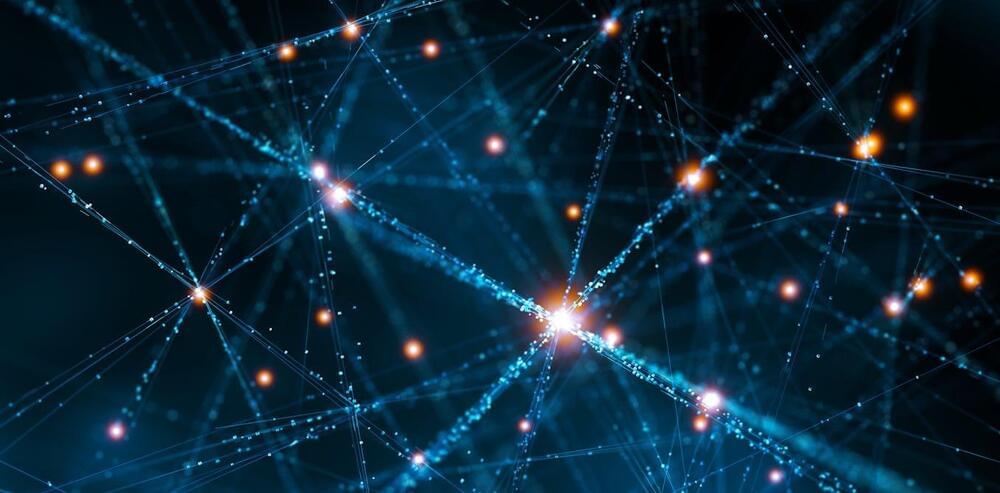
University of Toronto professor Geoffrey Hinton has been awarded the Nobel Prize in Physics for his work in AI. Adrian Ghobrial has more.
Connect with CTV News:
For live updates and latest headlines visit: http://www.ctvnews.ca/
For breaking news, fast, download the CTV News App: https://www.ctvnews.ca/app.
Must-watch stories and full programs at http://www.ctvnews.ca/video.
CTV News on TikTok: https://www.tiktok.com/discover/CTV-News.
CTV News on X (formerly Twitter): / ctvnews.
CTV News on Reddit: / ctvnews.
CTV News on LinkedIn: / ctv-news.
–
CTV News is Canada’s most-watched news organization both locally and nationally, and has a network of national, international, and local news operations.
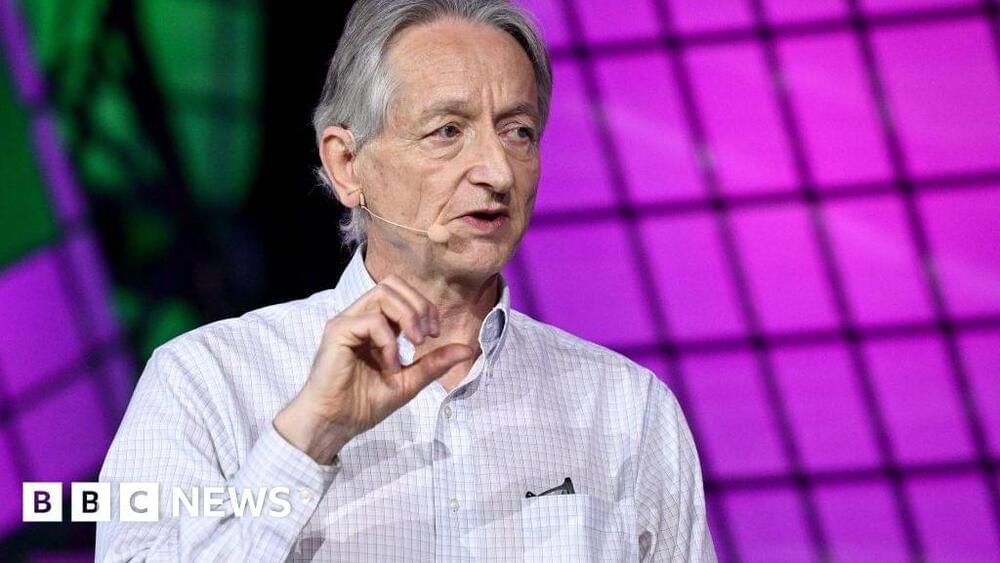
The Nobel Prize in Physics has been awarded to two scientists, Geoffrey Hinton and John Hopfield, for their work on machine learning.
British-Canadian Professor Hinton is sometimes referred to as the “Godfather of AI” and said he was flabbergasted.
He resigned from Google in 2023, and has warned about the dangers of machines that could outsmart humans.
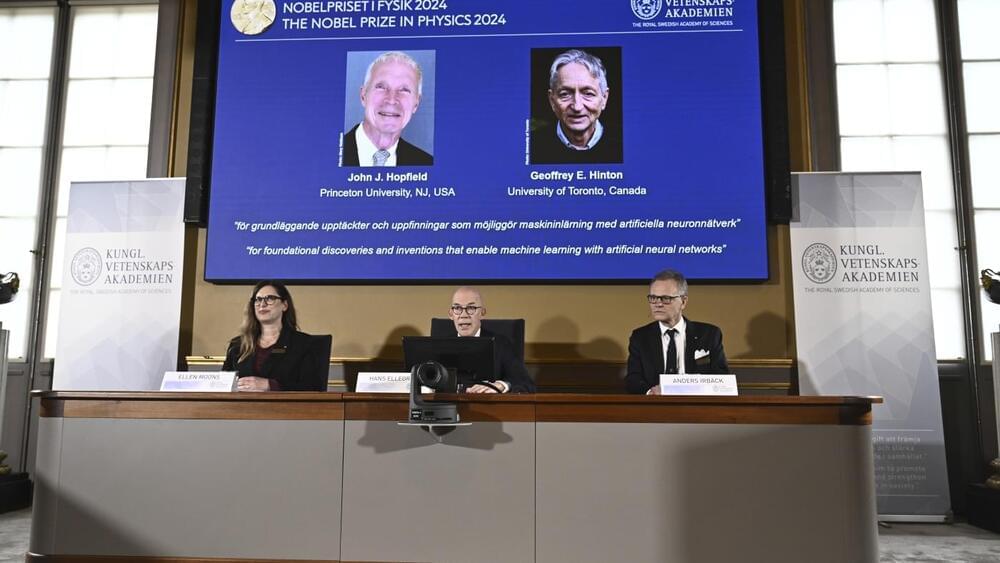
STOCKHOLM — John Hopfield and Geoffrey Hinton were awarded the Nobel Prize in physics Tuesday for discoveries and inventions that formed the building blocks of machine learning.
“This year’s two Nobel Laureates in physics have used tools from physics to develop methods that are the foundation of today’s powerful machine learning,” the Nobel committee said in a press release.
Hopfield’s research is carried out at Princeton University and Hinton works at the University of Toronto.

An infrared detector is sensitive to a wide range of intensities and could potentially pick up biomarkers from exoplanet atmospheres.
Many areas of astrophysics, cosmology, and exoplanet research would benefit from a highly sensitive and stable detector for light at wavelengths in the 10–100 µm range. Now researchers report building a detector that operates at 25 µm and that is suitable for hours-long operation in a telescope pointed at faint sources [1]. The device exploits the extreme sensitivity to light of a superconducting material patterned into a miniature photo-absorptive structure. The researchers expect that the design will find use in space telescopes launched in the next few years.
Light at wavelengths in the range 10–100 µm may carry crucial spectroscopic clues about biogenic gases in exoplanet atmospheres and could also help astrophysicists pin down details of early planetary formation and galactic evolution. Yet building detectors for this range of wavelengths is challenging for several reasons, says astrophysicist Peter Day of the California Institute of Technology (Caltech). Because the light from these sources is so faint, the detector has to perform stably over many hours of observation. Each pixel of the detector has to be capable of registering single photons yet also be accurate for sources as much as 100,000 times brighter than the faintest detectable source. The detector must also have an efficient way to read out information rapidly from thousands of identical pixels.

In 2023, the NASA OSIRIS-REx mission returned a sample of dust and rocks collected on the near-Earth asteroid Bennu. In addition to the information about the universe gleaned from the sample itself, the data generated by OSIRIS-REx might also present an opportunity to probe new physics. As described in Communications Physics, an international research team led by Los Alamos National Laboratory used the asteroid’s tracking data to study the possible existence of a fifth fundamental force of the universe.